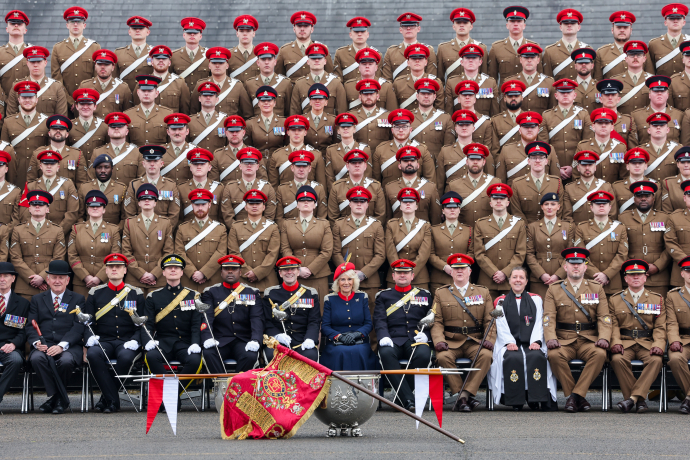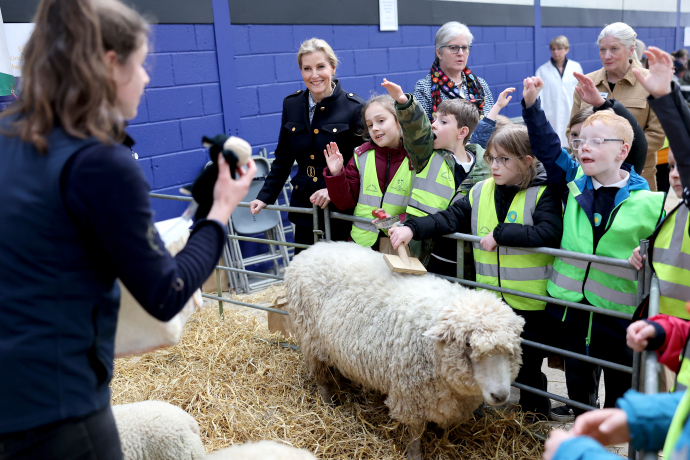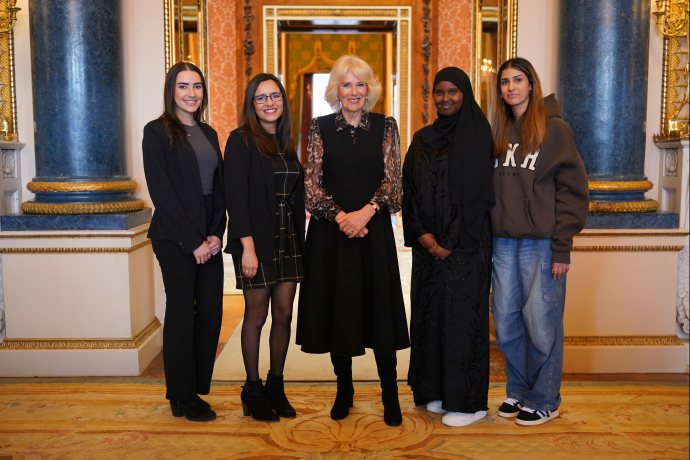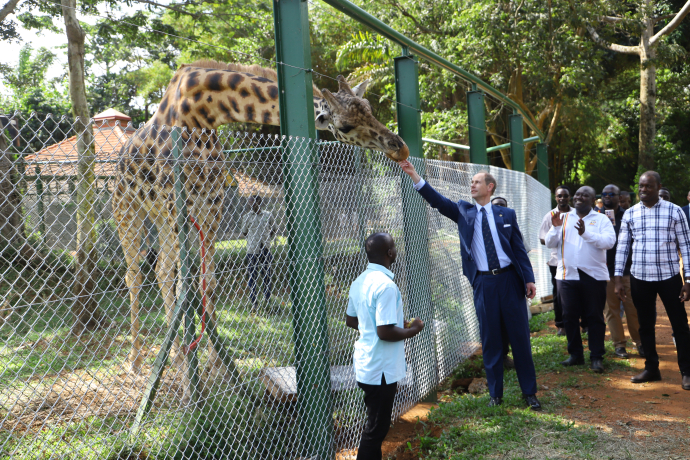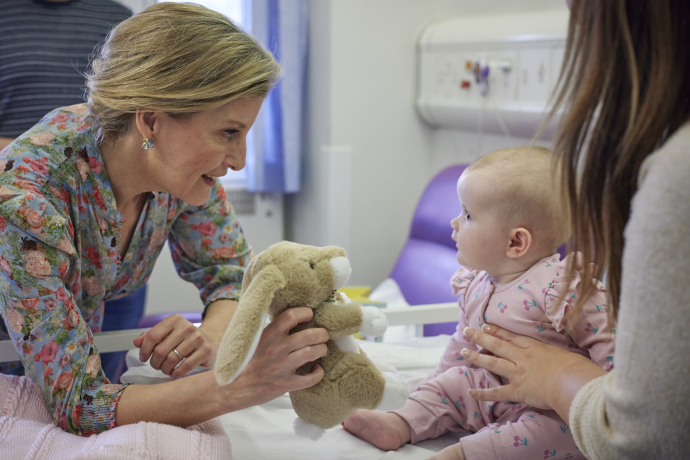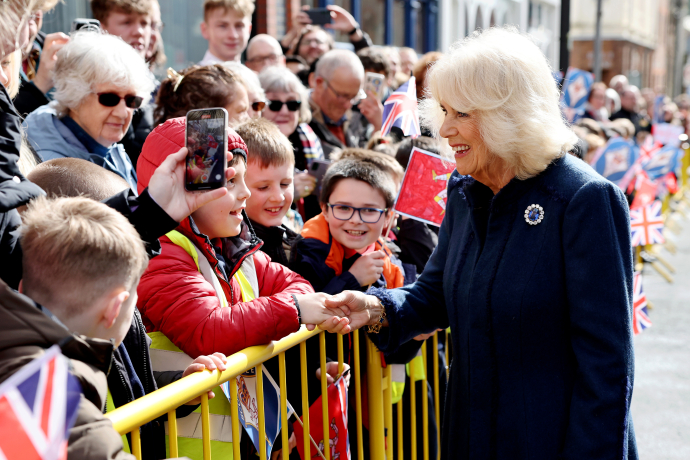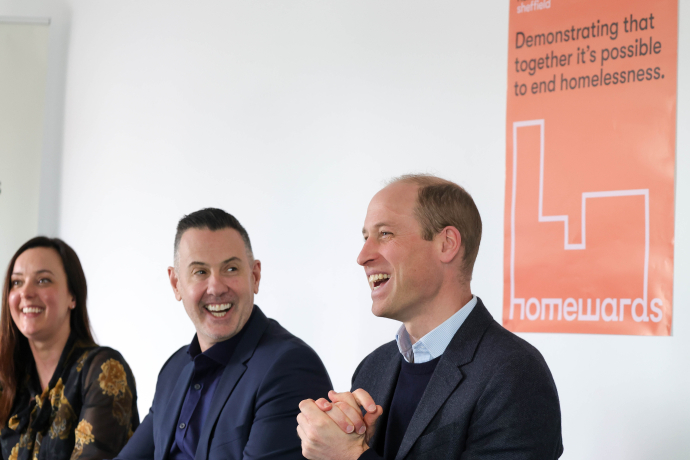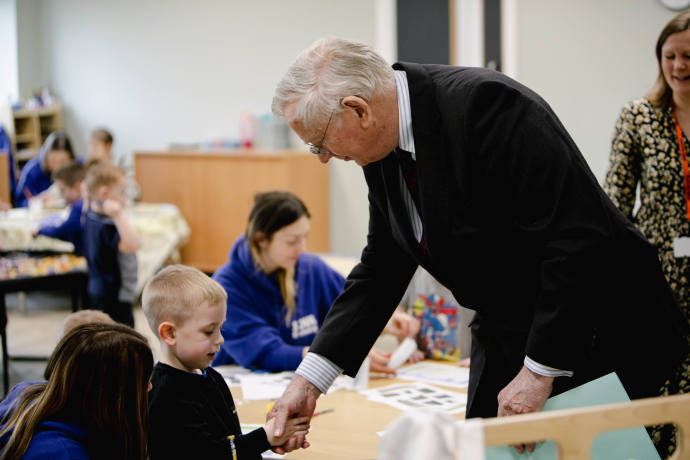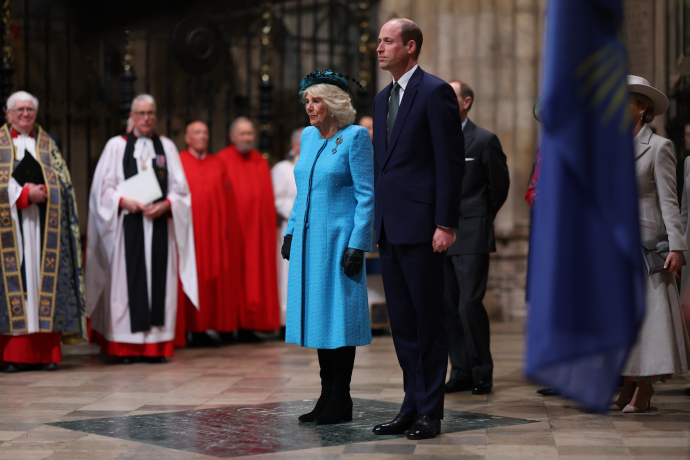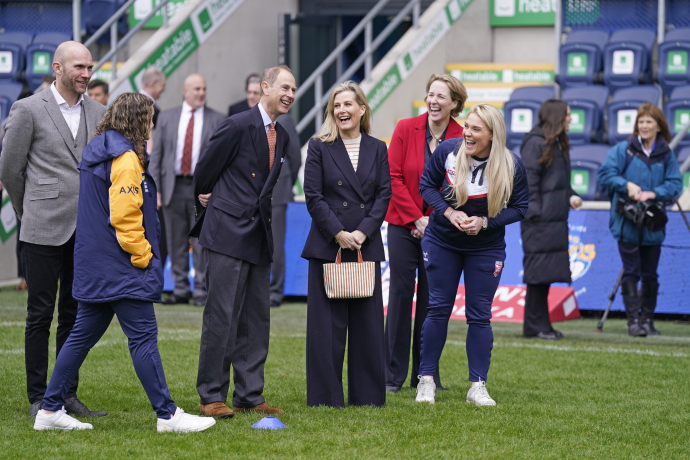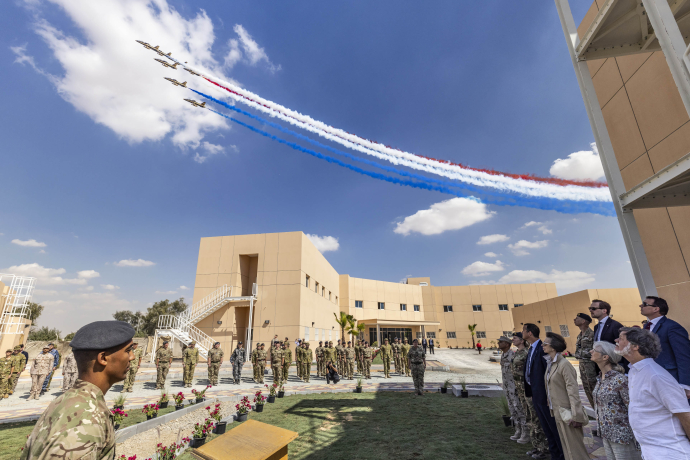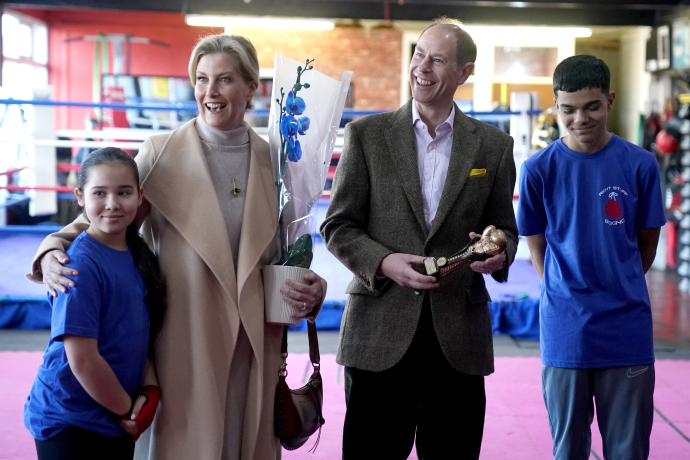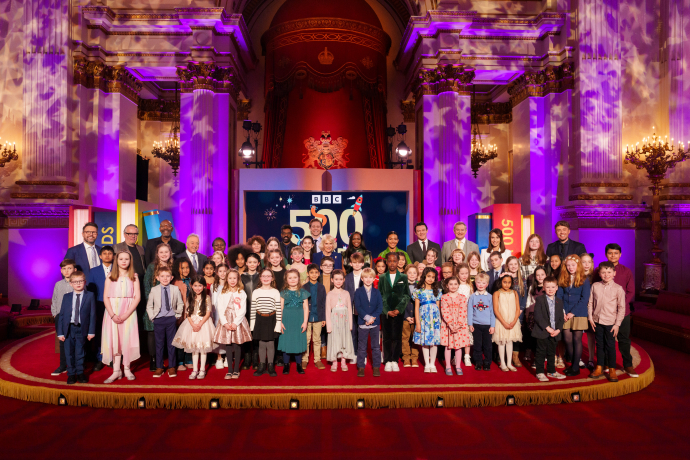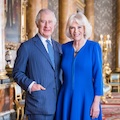- Introduction
- Remembrance
- The King’s work with the Armed Forces as Prince of Wales
- Serving members of the Armed Forces
- History of the Royal Family and the Armed Services
Introduction
As Sovereign, The King is Head of the Armed Forces. He is also known as Commander-in-Chief. His Majesty is a former serving Naval officer himself as well as the son and father of individuals who have served in the Armed Forces.
The King is the only person to declare war and peace. This dates back from when the Monarch was responsible for raising, maintaining and equipping the Army and Navy.

Today, this power can only be exercised on the advice of Ministers.
On enlistment, the Army and Air Force Acts require members of the Army, Royal Air Force and Royal Marines to take an oath of allegiance to the Monarchy as Head of the Armed Forces.
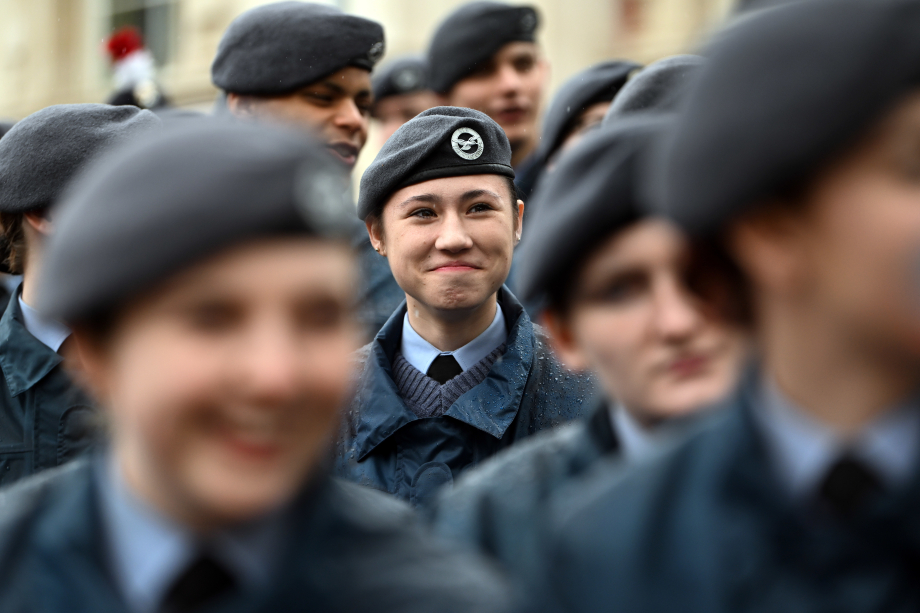
Members of the Royal Navy have never been required to swear an oath – the service was formed hundreds of years ago and its existence stems from the Sovereign’s prerogative.
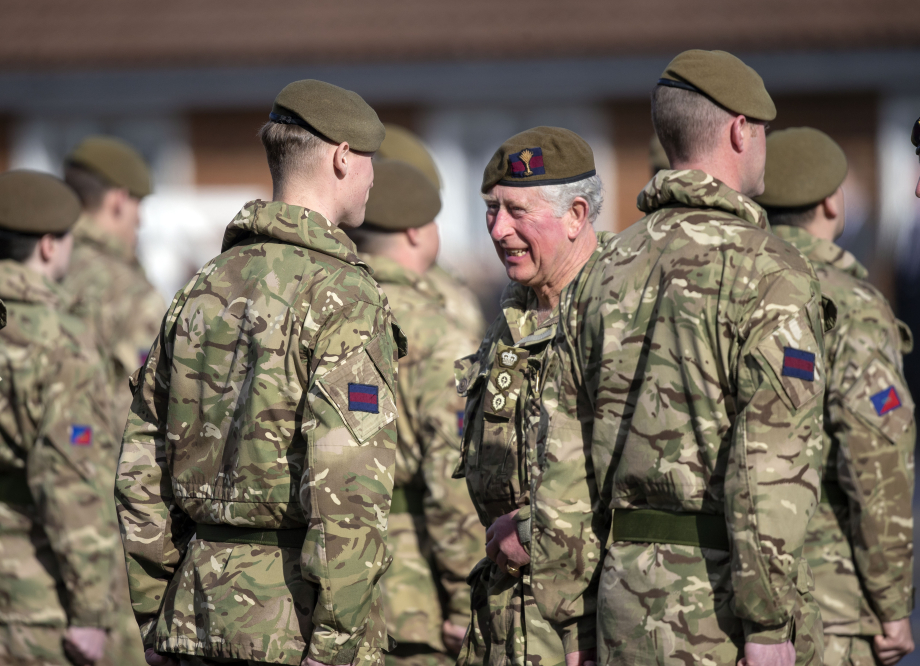
The King takes a keen interest in all the Armed Forces, both in the United Kingdom and in the Commonwealth. He undertakes regular visits to Service Establishments and ships, to meet servicemen and women of all ranks, and their families, both at home and overseas.
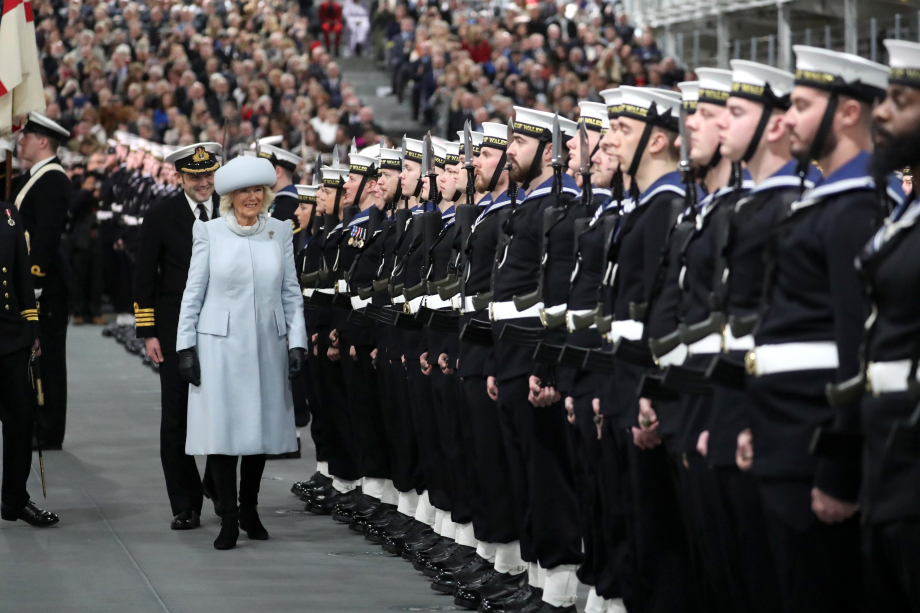
The King and other members of the Royal Family hold various appointments and honorary ranks in the Armed Forces. Such appointments include special relationships with certain ships, and honorary colonels (known as Royal Colonels) in Army regiments and Corps, and honorary ranks connected with Royal Air Force stations.
The King meets regularly with the Chief of the Defence Staff and the Single Service Chiefs. His Majesty also keeps in touch with the work and interests of the Services through his Defence Services Secretary, a serving officer who is also a member of the Royal Household, who acts as the official link.
Remembrance
Remembrance is an important time in the Royal year, when working members of the Royal Family gather at key national events. Remembrance – the commemoration of members of the Armed Forces who have lost their lives in conflict – is, in reality, a practice which continues throughout the year at events to mark key military anniversaries and through Royal Patronages of charities which support veterans and their families.

In November each year, members of the Royal Family, led by The King, attend events including the Festival of Remembrance at the Royal Albert Hall and the Remembrance Sunday Service in central London. A member of the Royal Family always attends the opening of the Field of Remembrance at Westminster Abbey – a space for veterans and serving members of the Armed Forces and their families to plant crosses remembering former colleagues and loved ones.
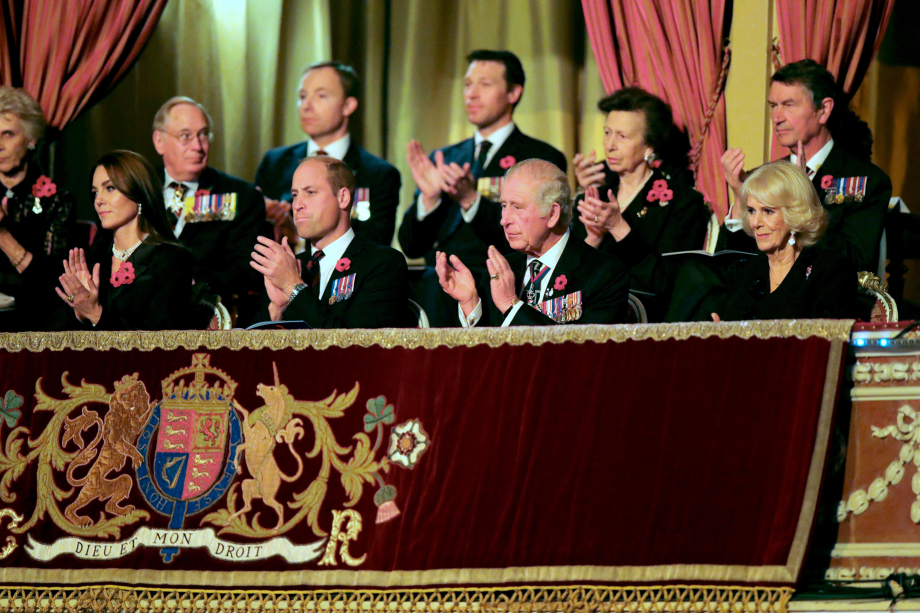
In 2022, The King led Remembrance commemorations for the first time since his Accession, laying a wreath at The Cenotaph in Whitehall during the annual Remembrance Sunday service, which sees veterans, serving members of the Armed Forces and key figures from Government gather to remember those who have died in conflict.

Members of the Royal Family attend other events across the UK and the Commonwealth during the Remembrance season, as well as commemorative services to mark key anniversaries.
In June 2019, alongside Heads of State including the late Queen Elizabeth II, His Majesty attended commemorative events to mark the 75th anniversary of the D-day landings, held in Portsmouth and Normandy. In 2018 he travelled to France, accompanied by The Queen Consort (then The Duchess of Cornwall) to attend VE Day Commemorations, attending a service in Lyon where he met veterans and laid a wreath remembering the sacrifices of those who had given their lives in the Second World War.

During the national lockdown in May 2020, The King and The Queen Consort quietly marked the 75th anniversary of VE Day at the Balmoral War Memorial, where His Majesty lay a wreath. In 2016, in his role as Field Marshal of the New Zealand Army, The King attended the New Zealand Somme Centenary Commemorations in France.
The King often pays tribute to the dedication of British Service personnel during his visits to foreign countries, often through visits to Commonwealth War Grave Commission sites or overseas memorials to the Armed Services.

In 2010, His Majesty visited Wootton Bassett to thank the people of the town for their part in the military repatriations of those lost in Afghanistan and Iraq, who lined the streets to show their respects as bodies were moved from RAF Lyenham to John Radcliffe Hospital in Oxford. The King said of the public’s presence on these occasions, ‘Your actions have come to symbolise our nation’s grief.’
Other members of the Royal Family support The King and The Queen Consort in their work honouring those who have died in service of their country.

The Earl of Wessex took the salute at the March Past of veterans as part of the 2022 Remembrance commemorations and in the same year, The Princess Royal visited the Mount Pleasant base for British Forces in the South Atlantic Islands to mark the 40th Anniversary of the 1982 conflict and The Duke and Duchess of Gloucester attended the Armistice Day Service at the National Memorial Arboretum.
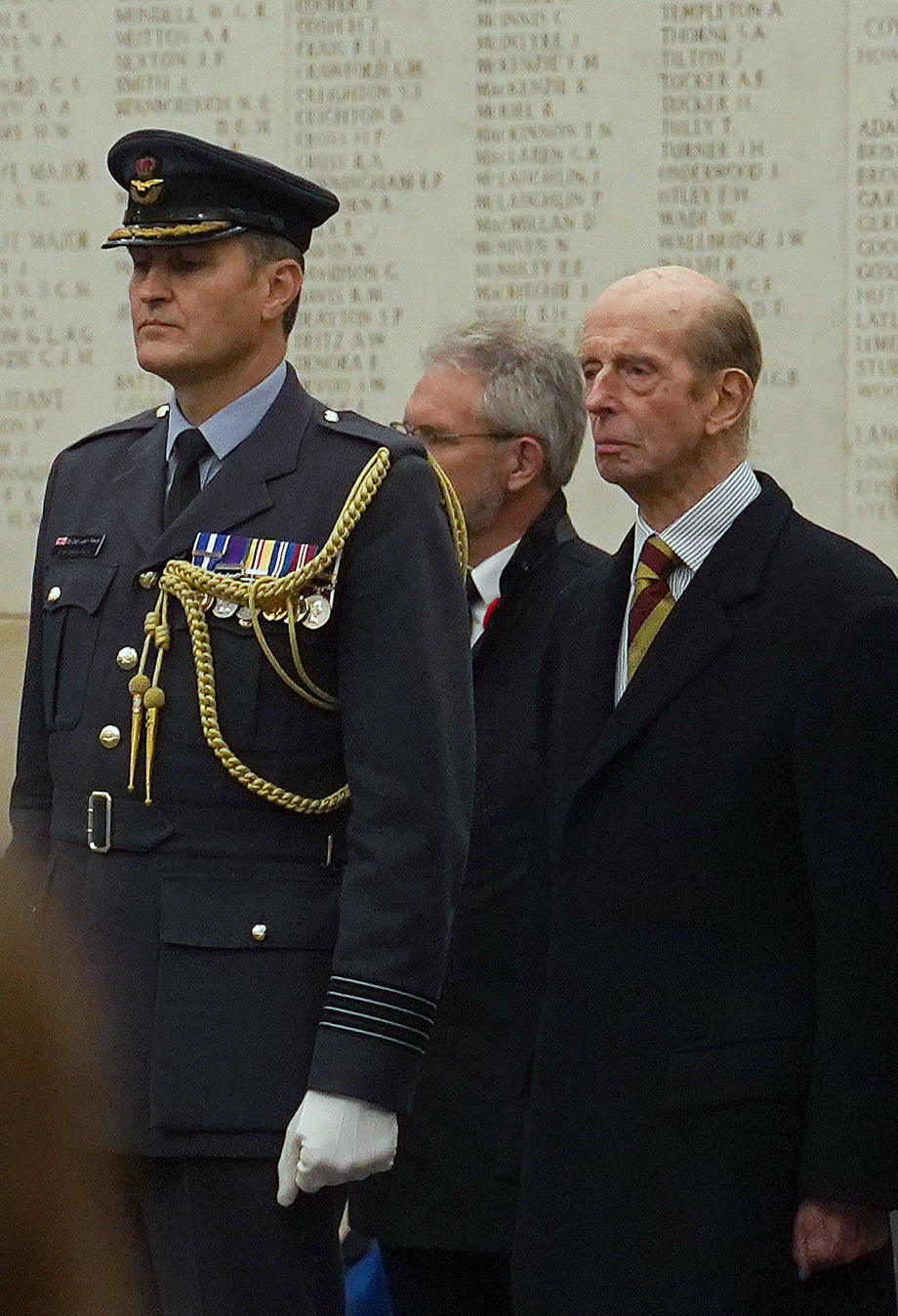
The Duke of Kent has been President of the Commonwealth War Graves Commission for more than 50 years – the organisation is responsible for commemorating the 1.7 million Commonwealth servicemen and women who have died in conflict since the First World War through maintaining graved and memorials in 153 Commonwealth countries.
The King’s work with the Armed Forces as Prince of Wales
As Prince of Wales, His Majesty regularly visited British and Commonwealth troops on deployment in the UK and overseas in order to present campaign medals, mark significant anniversaries for regiments and divisions and meet serving personnel and their families.
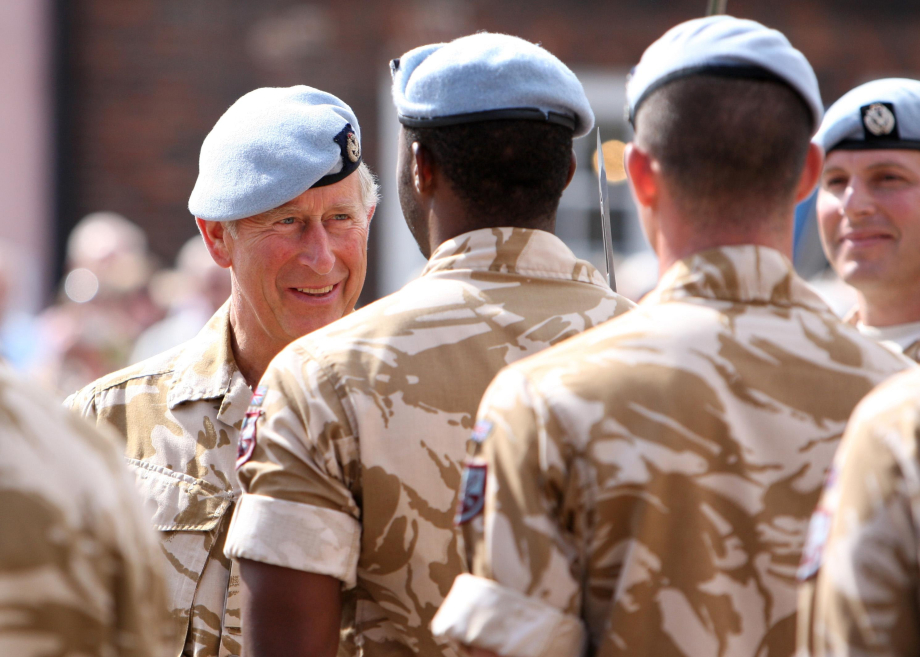
His Majesty has links to a number of charities involved in supporting veterans and serving members of the Armed Forces, including Combat Stress which provides specialist treatment and support for veterans from every service and conflict, focusing on those with complex mental health issues related to their military service.

In an article published in the Telegraph in 2008, when many troops were still being deployed to Iraq and Afghanistan, His Majesty wrote of the ultimate sacrifice made by the (then) 275 members of the Armed Forces who had lost their lives in Iraq and Afghanistan, and of the families left behind. He also wrote of the wider role of the military in these places:
At any given time, British Forces are involved in a wide range of missions throughout the world, maintaining peace and security, and helping to rebuild broken communities.
In 2009, The then Prince of Wales helped launch The Sun Newspaper’s Military Awards, known as ‘The Millies’, contributing an article in which he reflected on the importance of demonstrating ongoing support for Britain’s Armed Forces and their families:
When I talk to injured servicemen at Selly Oak Hospital, present medals to my Regiments who have returned from operations, or visit their families while they are overseas, I am struck by the value our soldiers place on the support they receive from people at home.
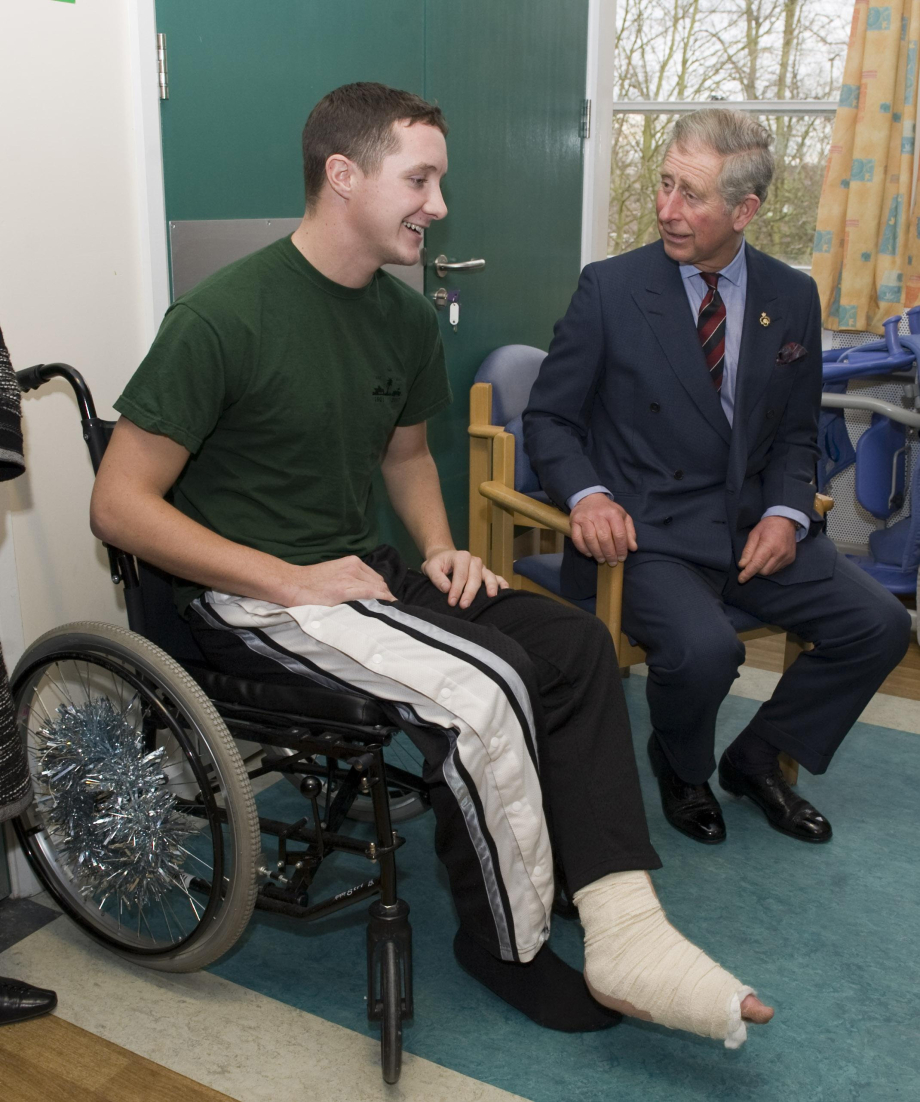
In 2012, His Majesty sent a Christmas message to those serving overseas. He spoke as both a father and a member of the Royal family as both Prince William and Prince Harry were serving in the Armed Forces, the latter having been deployed to Afghanistan. The King spoke of his affinity with other families who were missing their loved ones at Christmas:
They are clearly missing you deeply, particularly at this time of year, and they are constantly thinking and worrying about you. I daresay in some ways it may be slightly easier for those serving away from home, with their mind on the job in hand, than those left behind, because of the constant worry.
Serving members of the Armed Forces
Members of the Royal Family have first-hand experience of life in the Armed Forces, with many of them seeing active service and gaining an insight into the camaraderie, commitment and sacrifice which characterises a career in the Armed Forces.
The King
The King (then Prince of Wales) also served in the Royal Navy and trained in the Royal Air Force.

On 8 March 1971 The Prince flew himself to Royal Air Force (RAF) Cranwell in Lincolnshire, to train as a jet pilot. At his own request, The Prince had received flying instruction from the RAF during his second year at Cambridge. In September 1971 after the passing out parade at Cranwell, The Prince embarked on a naval career, following in the footsteps of his father, grandfather and both his great-grandfathers. The six-week course at the Royal Naval College, Dartmouth, was followed by service on the guided missile destroyer HMS Norfolk and two frigates.

His Majesty qualified as a helicopter pilot in 1974 before joining 845 Naval Air Squadron, which operated from the Commando carrier HMS Hermes. On 9 February 1976, The Prince took command of the coastal minehunter HMS Bronington for his last nine months in the Navy.
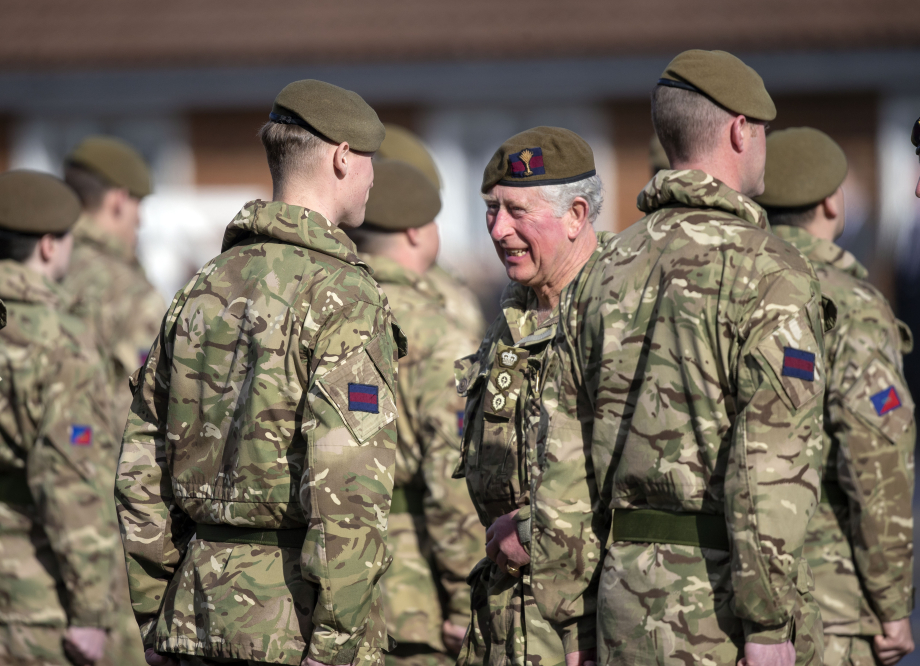
As Prince of Wales, His Majesty’s first Colonelcy-in-Chief was of The Royal Regiment of Wales, to which he was appointed on 1 July 1969 – the day of his Investiture as Prince of Wales at Caernarfon Castle. On 1 March 1975, The Prince became Colonel of the Welsh Guards, thus taking part in the annual Trooping the Colour ceremony on Horse Guards Parade to mark Her Majesty Queen Elizabeth’s official birthday.

On being appointed Colonel-in-Chief of the Parachute Regiment on 11 June 1977, The Prince asked to take part in, and subsequently completed, the Army’s parachute training course.
The Prince of Wales
The Prince of Wales (then The Duke of Cambridge) left operational service in the Armed Forces in September 2013.
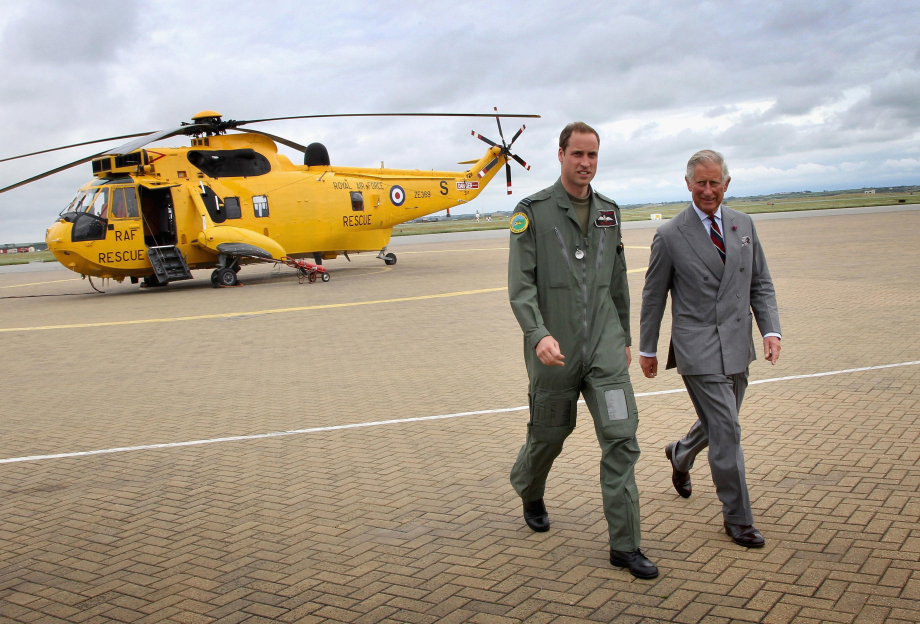
He completed his final Tour with the Royal Air Force Search and Rescue Force at RAF Valley, Anglesey, after more than seven-and-a-half years of full-time military service.

During his career, His Royal Highness served as a regimental officer in the British Army before undertaking attachments to The Royal Air Force and The Royal Navy.
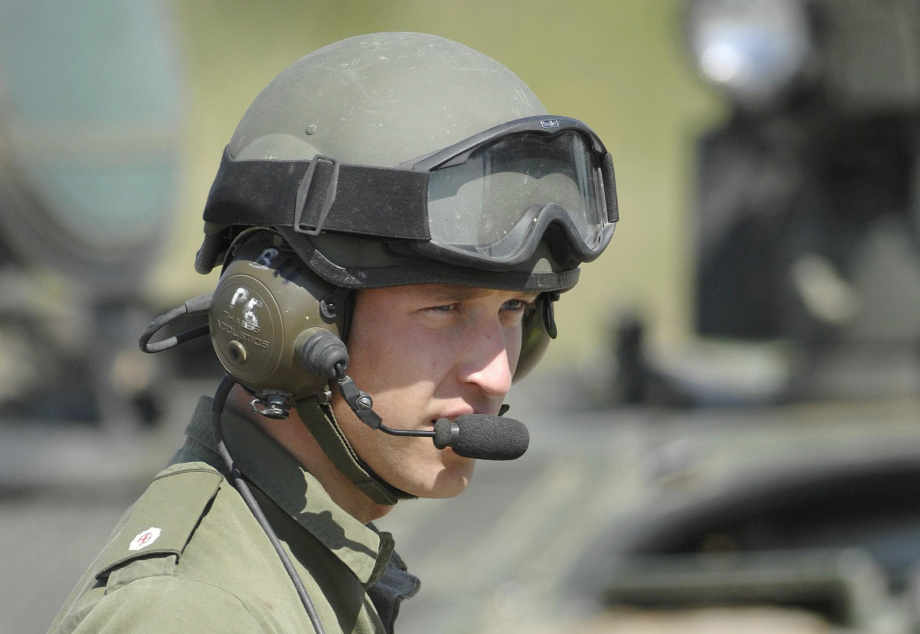
Although The Prince of Wales has left operational service, he will be retaining his commission in all three services allowing him to maintain his close personal association with the armed forces and fulfil his representational duties.
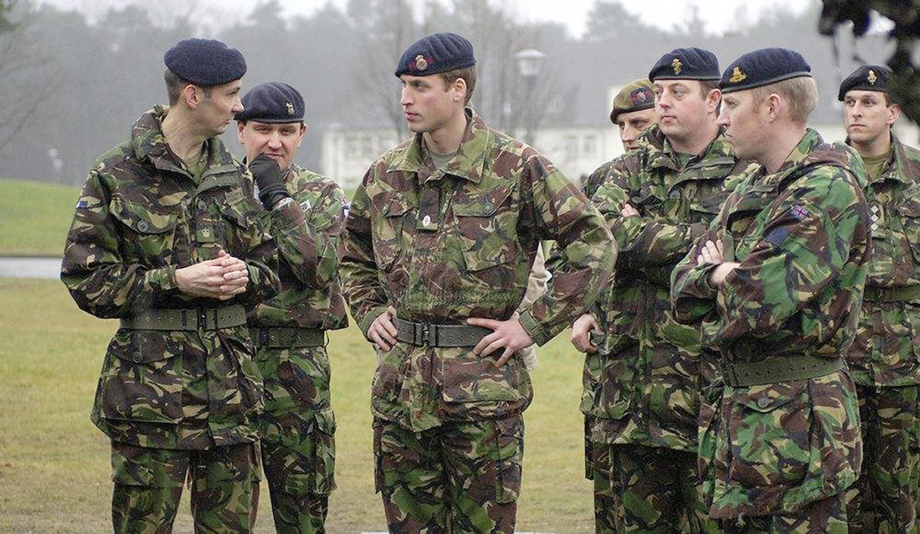
Queen Elizabeth II
As Princess Elizabeth, The Queen joined the Auxiliary Territorial Service in 1945, becoming the first female member of the Royal Family to be a full-time active member of the Services.

After joining, she trained as a driver and mechanic with the rank of Second Subaltern. Five months later she was promoted to Junior Commander, which was the equivalent of Captain. Her younger sister Princess Margaret was a Girl Guide and later joined the Sea Rangers.

The Duke of Edinburgh had a distinguished career in the Royal Navy from joining at Dartmouth in 1939 where he won the prize for best cadet, then swiftly rising through the ranks to serve as First Lieutenant during the Second World War. Find out more about His Royal Highness's Naval Career.
Although Prince Philip gave up his active naval career in July 1951, he remained closely connected to, and actively interested in, every branch of Service life.

In 1952 he was appointed Admiral of the Sea Cadet Corps, Colonel-in-Chief of the Army Cadet Force and Air Commodore-in-Chief of the Air Training Corps.
The following year His Royal Highness was appointed to the rank of Admiral of the Fleet and appointed Field Marshal and Marshal of the Royal Air Force.

He was also Captain-General of the Royal Marines and Colonel-in-Chief, or Colonel, of a number of British and Commonwealth regiments.
Throughout his public life, His Royal Highness regularly visited these Regiments both at home and on operational duties overseas, showing his support for servicemen and women of all ranks, and their families.

From 1974 until 2015 he was Grand President of the Royal Commonweath Ex-Services League.
The Duke of Edinburgh formally opened The Royal British Legion's annual Field of Remembrance at Westminster Abbey for a number of years. His Royal Highness met veterans from conflicts past and present as well as family members who had lost loved ones in service of their country.
In 2011, to mark his 90th birthday, The Duke of Edinburgh was appointed Lord High Admiral of the Royal Navy by Her Majesty The Queen.
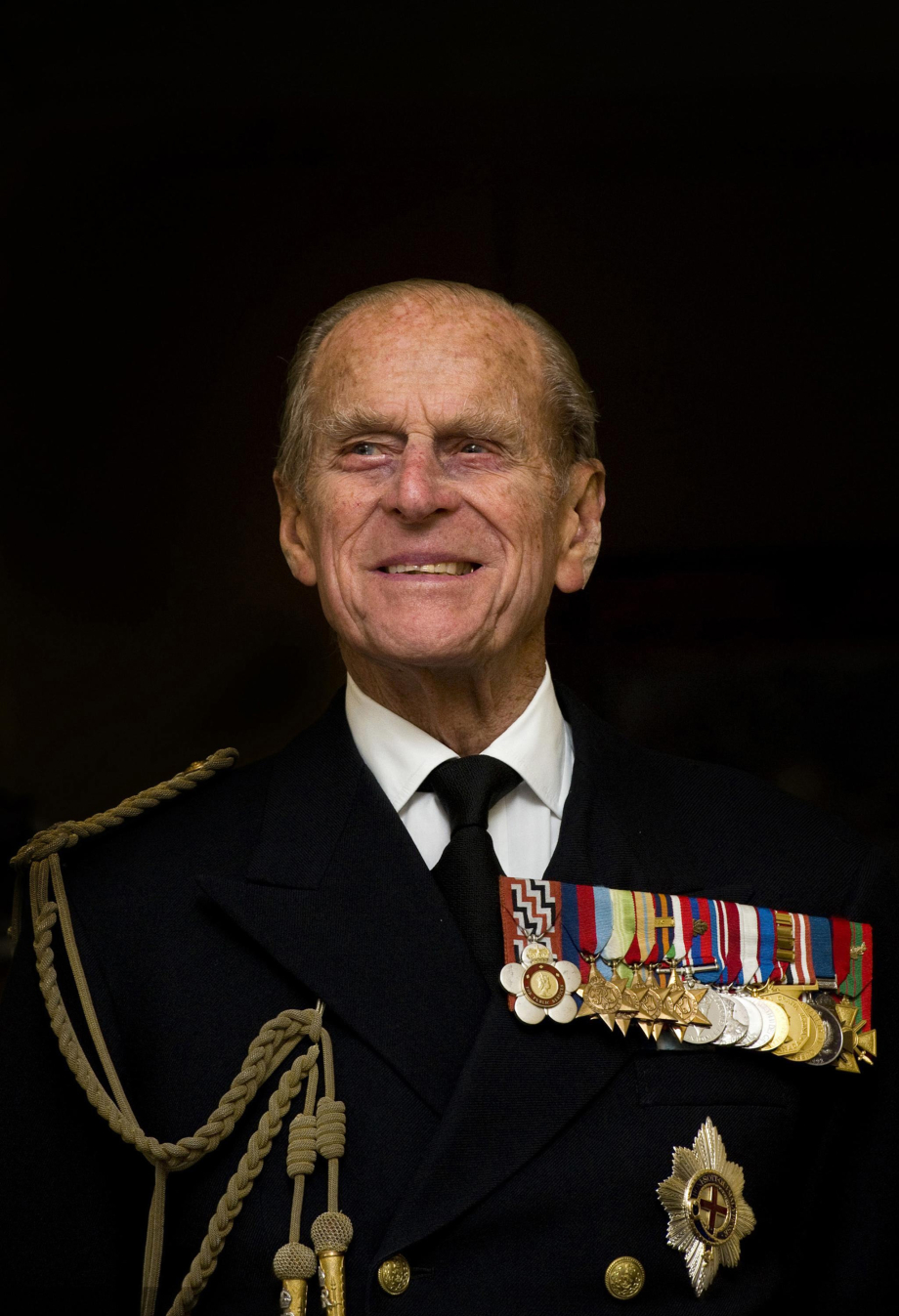
In 2016, in celebration His Royal Highness’s 95th birthday, The Massed Bands of the Royal Marines performed their world-renowned Beating Retreat on London's Horse Guards Parade. The Duke was their Captain General.
History of the Royal Family and the Armed Services
Throughout history, Kings and Queens have had strong links with the Armed Forces. Armies have defended and attacked territories on behalf of their rulers and have looked to them for guidance and inspiration in times of war and peace since ancient times.
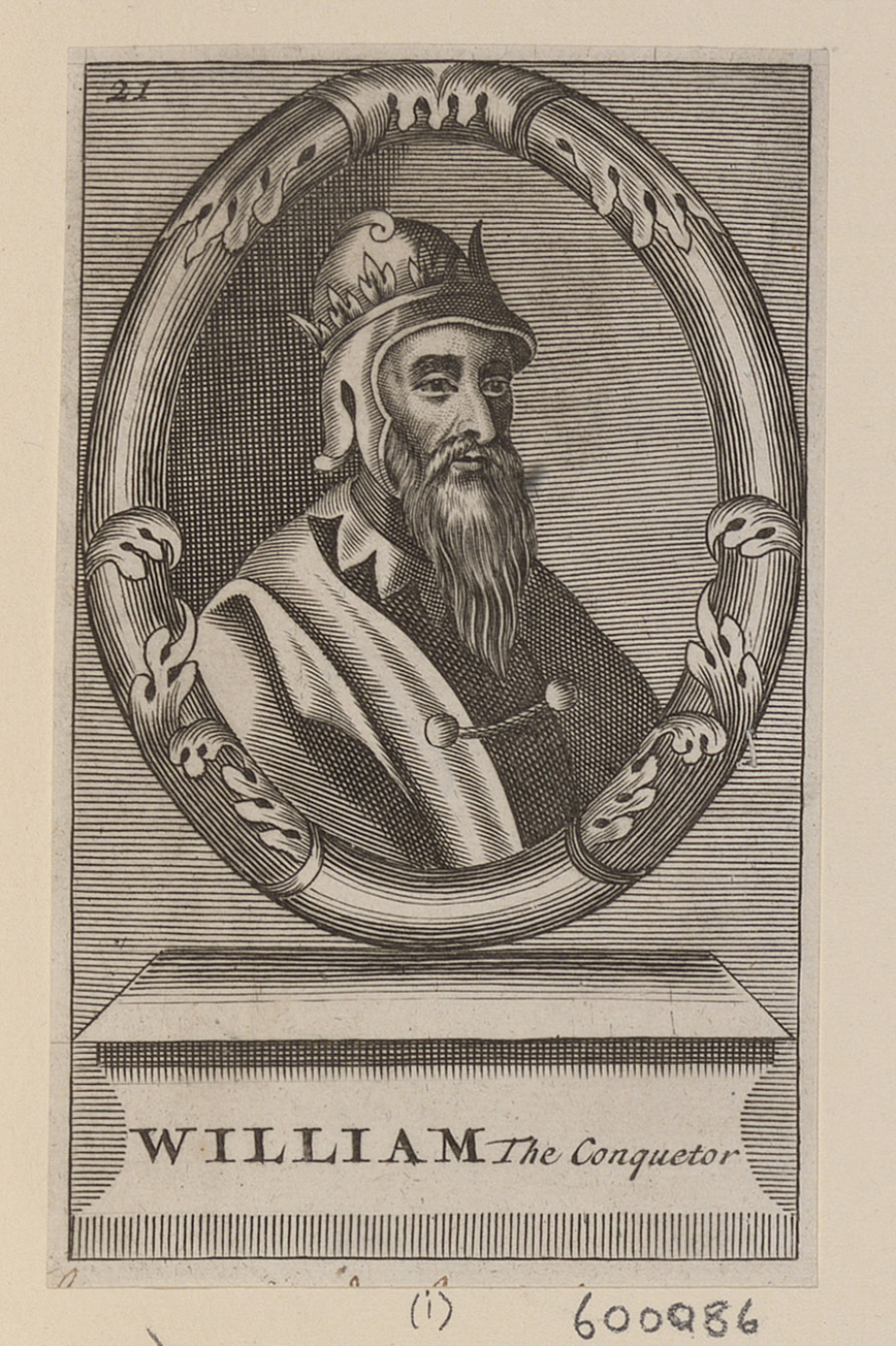
The first British Sovereigns were the military commanders, rulers and administrators with the best fighting forces behind them. Their role was hands on: they were fighters as well as military strategists, and many were present on the battlefield. In 1066 King Harold died on the battlefield: hit by an arrow and then mowed down by the sword of a mounted knight, whilst the soon-to-be new king, William I 'The Conqueror' directed his troops.
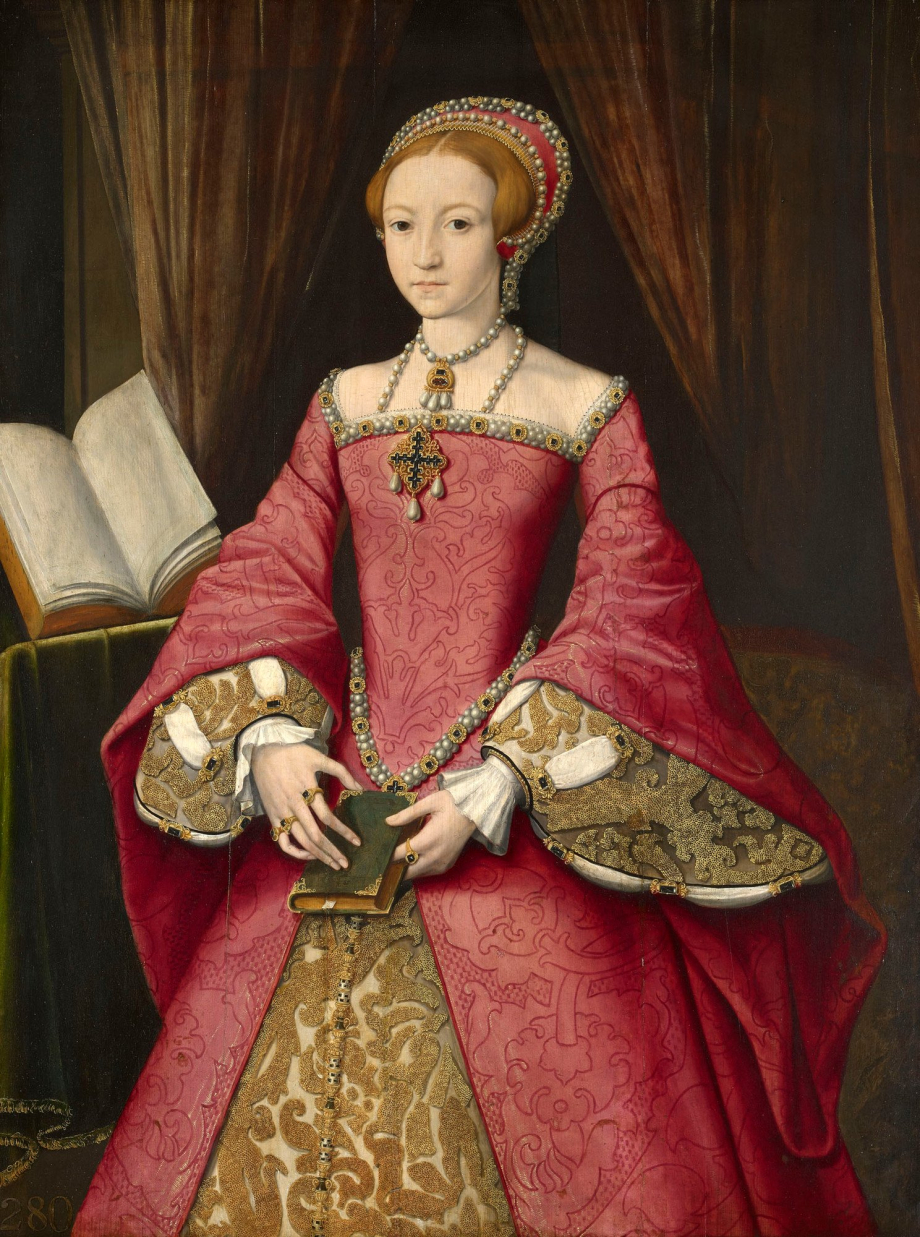
Over time, rulers have taken part from a safer distance, leaving the day-to-day business of warfare to experienced commanders and involving themselves more in strategic matters rather than risk death in the field. This did not necessarily prevent some of them from being great leaders, motivating their troops as they fought for King or Queen and Country. In 1588 on the eve of the Spanish Armada, Elizabeth I addressed her troops in a rousing and oft-quoted speech:
'I know I have the body of a weak, feeble woman; but I have the heart and stomach of a king - and of a King of England too, and think foul scorn that Parma or Spain, or any prince of Europe, should dare to invade the borders of my realm; to which, rather than any dishonour should grow by me, I myself will take up arms - I myself will be your general, judge, and rewarder of every one of your virtues in the field.'

In the centuries since, Monarchs have evolved this 'general, judge, and rewarder' into a more politically neutral, motivational one. Members of the Royal Family are encouraged to serve in the Armed Forces and to develop special relationships to better understand its ongoing work and culture.
Today The King and the working members of the Royal Family who support him have a substantial investment in the Armed Forces as both Head of the Armed Forces, Patrons and members of the Armed Forces themselves.
The last British Sovereign to have seen action in battle was Queen Elizabeth II's father, George VI. As a 20-year-old Sub-Lieutenant in the Royal Navy, he fought in the battle of Jutland in 1916.



